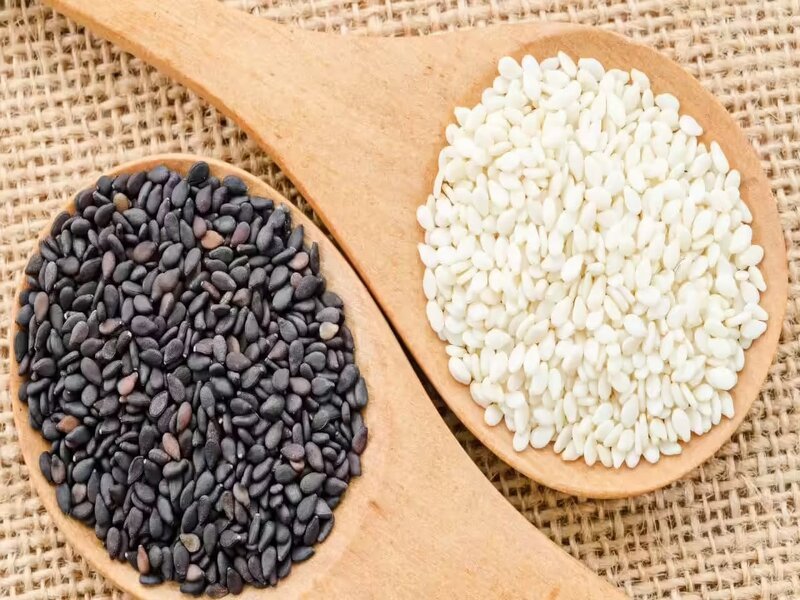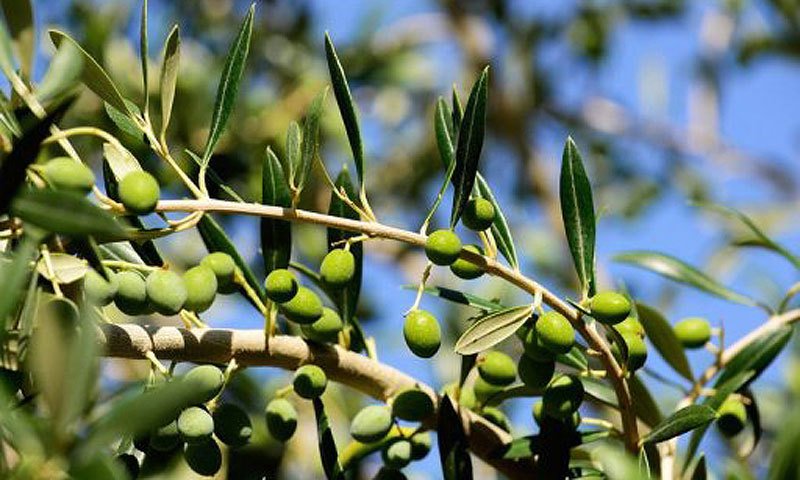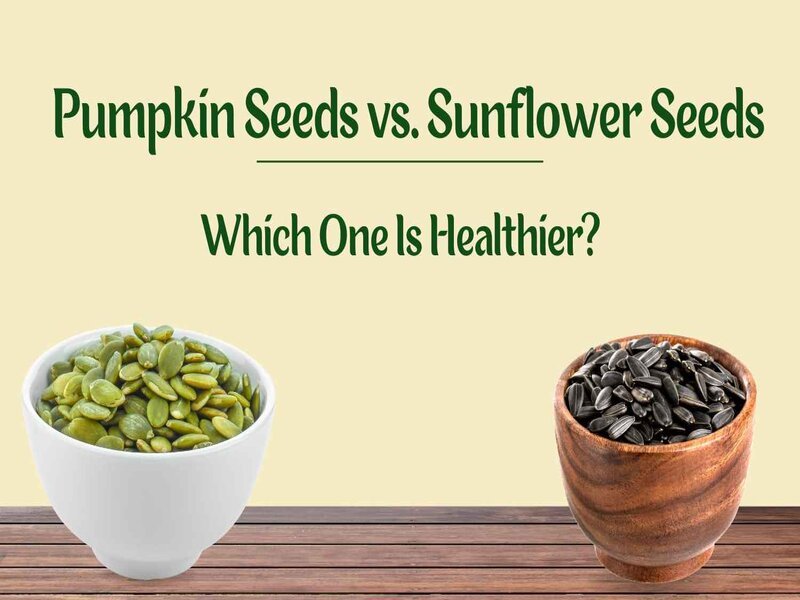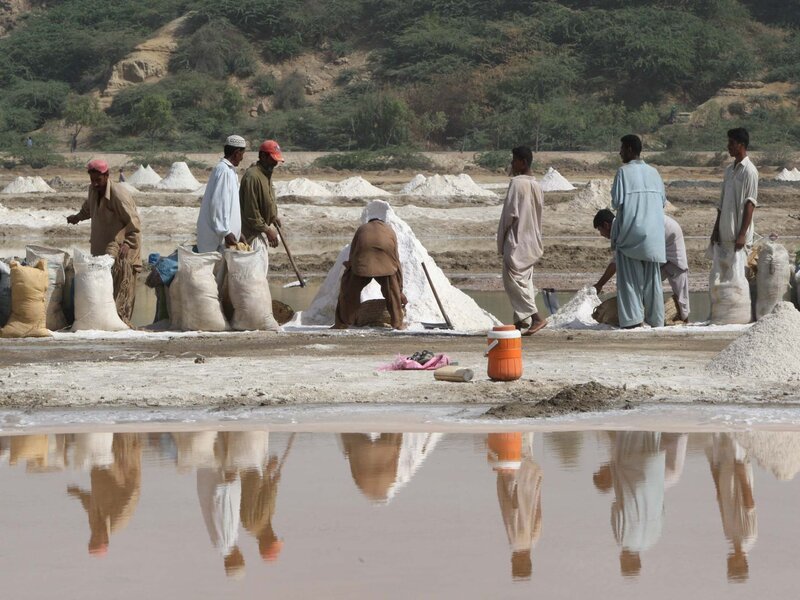Pakistan’s sesame exports to China have experienced remarkable growth in 2025, marking an 87 percent increase during the first nine months of the year. According to official data released by the General Administration of Customs of China (GACC), the total export value reached 68.56 million dollars, with export volume soaring to 55.6 million kilograms. This significant rise underscores the growing strength of Pakistan’s agricultural trade with China and the country’s success in tapping into high-demand export markets.
Trade experts attribute this surge to several key factors. First, improved sesame production across major growing regions such as Sindh and Punjab has played a crucial role. Farmers have adopted modern cultivation techniques, better irrigation management, and high-yield seed varieties, resulting in increased output and superior product quality. Additionally, value-added processing and quality assurance mechanisms introduced by both government and private sector stakeholders have enhanced Pakistan’s competitiveness in international markets.
Another major driver behind this growth is the deepening trade cooperation between Pakistan and China, strengthened through the China-Pakistan Economic Corridor (CPEC) and various bilateral trade agreements. These partnerships have streamlined export procedures, improved logistics infrastructure, and facilitated easier access to Chinese ports and distribution networks. The result has been faster, more reliable trade flows benefiting both sides.
China, being one of the world’s largest consumers of sesame seeds used in oil extraction, food processing, and health products, has steadily increased its imports to meet domestic demand. Pakistan’s consistent supply of high-quality sesame seeds has allowed it to capture a growing share of this market, contributing to a healthier trade balance and greater foreign exchange earnings.
Officials also highlight the importance of government-led export promotion initiatives, including quality certification programs, better packaging standards, and international marketing efforts. These measures have helped Pakistani exporters establish long-term partnerships with Chinese buyers and food manufacturers.
Economists believe this growth trend will likely continue as Pakistan expands its agro-based export capacity and diversifies its range of value-added sesame products, such as oil, tahini, and processed snacks. The sesame sector is now seen as a promising contributor to the country’s overall export diversification strategy, helping reduce dependence on traditional commodities like textiles and rice.
In essence, the sharp rise in sesame exports to China in 2025 not only reflects Pakistan’s growing agricultural strength but also demonstrates the positive outcomes of regional trade collaboration, technological advancement, and strategic market engagement. With sustained efforts in innovation, quality enhancement, and bilateral cooperation, Pakistan’s agri-export sector appears well-positioned for continued success in the years ahead.
































